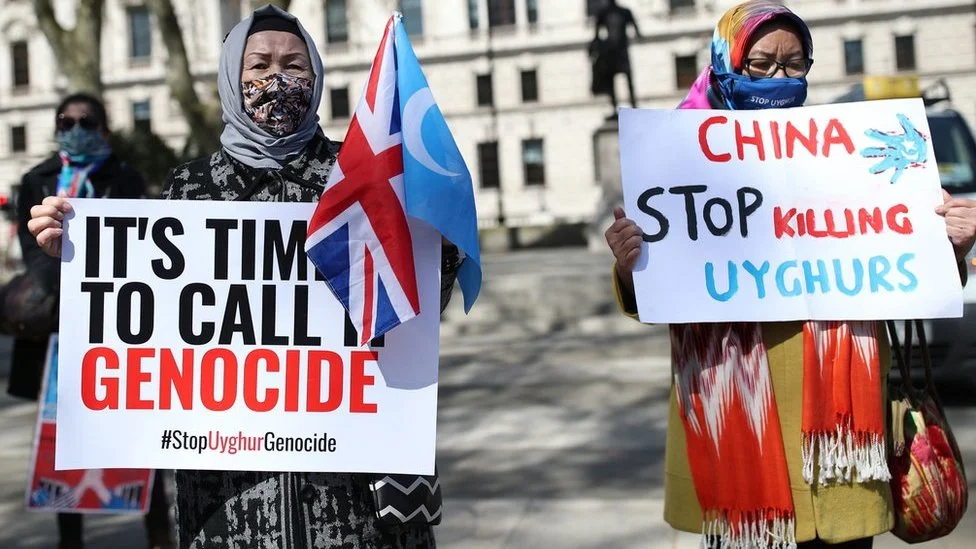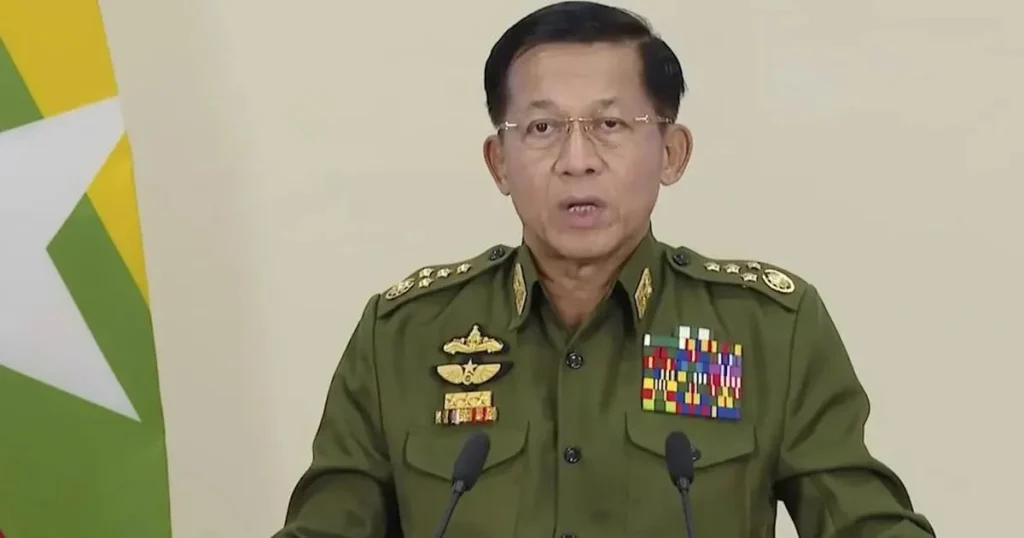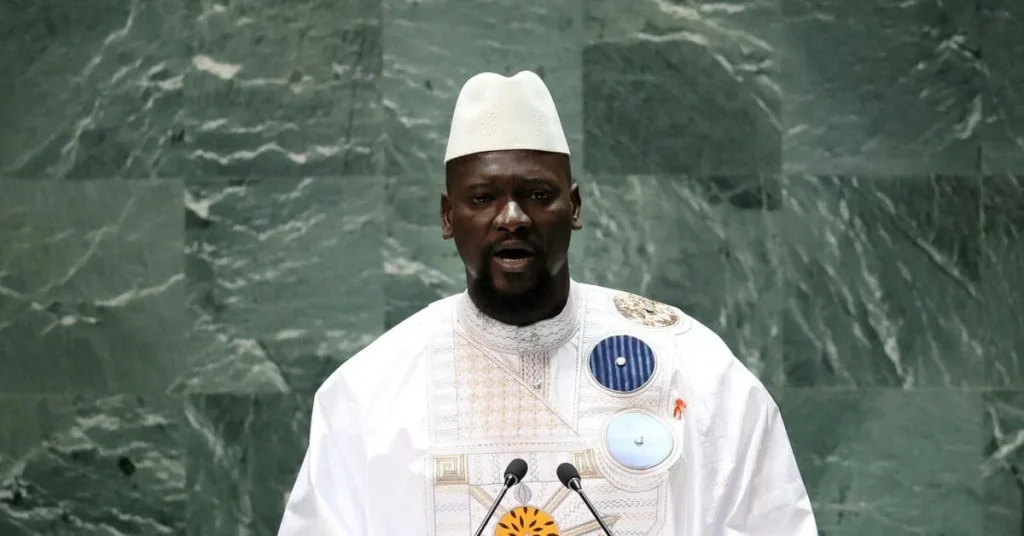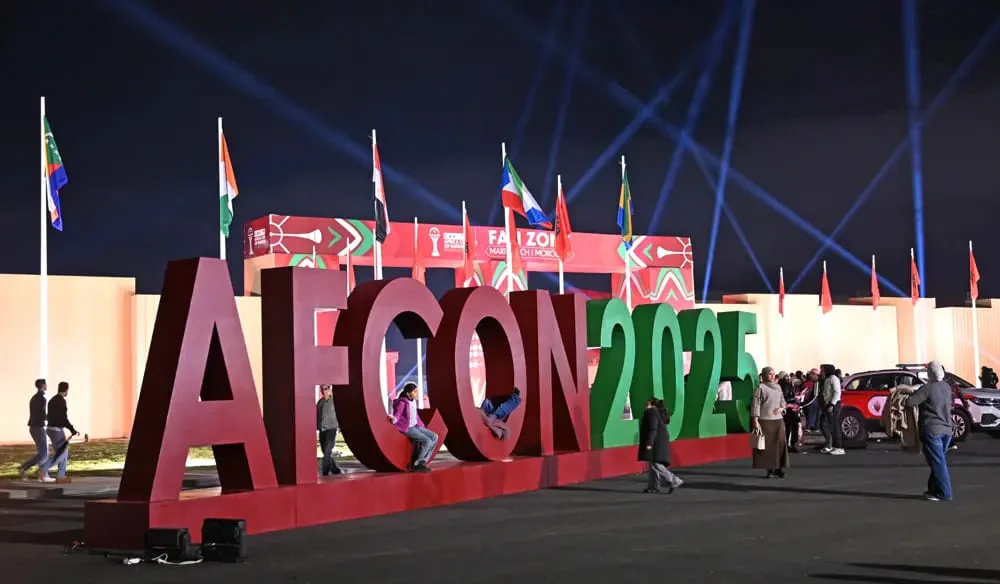On January 19, 2021, the US State Department, under outgoing Secretary of State Mike Pompeo, issued a strongly worded statement accusing China of committing “genocide” and “crimes against humanity” against Muslim Uyghurs in Xinjiang.
The allegations include arbitrary imprisonment of over one million civilians, forced sterilizations, torture, forced labor, and other human rights violations.
The statement aimed to spotlight China’s policies in the Xinjiang Uyghur Autonomous Region, escalating tensions between Washington and Beijing.
China’s Counteraccusations
China’s Foreign Ministry spokesperson Zhao Lijian swiftly rejected the claims, asserting that the Uyghur population in Xinjiang has grown by six million over the past 40 years, undermining the genocide accusation.
Zhao countered by accusing the US of historical “forced genocide, segregation, and assimilation” against Native Americans, citing the drastic decline of the indigenous population from 5 million in 1492 to 250,000 by the early 20th century due to the Westward Movement and policies like the 1830 Indian Removal Act, infamously known for the “Trail of Tears.”
Historical Context: America’s Treatment of Indigenous Peoples
The US’s historical treatment of Native Americans is well-documented as a dark chapter. Scholars like Bernard Bailyn and Roxanne Dunbar-Ortiz describe the brutal conquests, backed by figures like Presidents George Washington and Andrew Jackson, as “genocide” and “ethnic cleansing.”
The 1830 Indian Removal Act forcibly displaced tribes like the Chickasaw, Choctaw, Cherokee, Creek, and Seminole, resulting in thousands of deaths.
Today, 574 federally recognized tribes, totaling about 3 million people (1% of the US population), live on 326 reservations.
A 2009 Congressional resolution, signed by President Barack Obama in 2010, apologized to Native Peoples but avoided legal liability.
Recent gestures, such as President Joe Biden’s revocation of the Keystone XL Pipeline permit in 2021, reflect efforts to address indigenous concerns, though critics argue these are insufficient.
China’s Policies in Xinjiang
China’s treatment of its 13.5 million Uyghurs, primarily in Xinjiang, has drawn intense scrutiny. Reports from researchers like Adrian Zenz, Human Rights Watch, and leaked government documents (The Xinjiang Papers) allege that up to one million Uyghurs and other Muslim minorities have been detained in re-education camps, subjected to forced labor, surveillance, and cultural erasure.
Eyewitness accounts, such as Gulbahar Haitiwaji’s Survivor of the Chinese Gulag, detail harsh conditions in these camps.
China denies these claims, asserting that the camps provide “vocational training” and that its policies ensure social stability and economic development. Beijing’s tight control over information, including restrictions on journalists and academics, makes independent verification difficult.
Legal Definition of Genocide
The UN Genocide Convention (1948) defines genocide as acts committed with “intent to destroy, in whole or in part, a national, ethnical, racial, or religious group,” including killing, causing serious harm, or preventing births.
Both China and the US are signatories, but China’s reservation on Article IX limits its accountability to the International Court of Justice, and Chinese law does not criminalize genocide domestically.
Similarly, the US’s historical actions against Native Americans predate the Convention, which is not retroactively applicable, according to the International Center for Transitional Justice. Neither country recognizes the International Criminal Court, further complicating legal recourse.
Analysis: Who Is Right?
Both sides leverage historical and contemporary accusations to deflect criticism, but the legal and factual contexts differ.
The US’s historical treatment of Native Americans involved systematic displacement and violence, acknowledged by some as genocide, though legal scholars note it falls outside the UN Convention’s temporal scope.
China’s current policies in Xinjiang, supported by evidence of mass detentions and forced assimilation, align more closely with the Convention’s criteria, though Beijing’s lack of transparency and legal exemptions hinder accountability.
The debate reflects geopolitical posturing, with neither side fully engaging with the other’s claims in good faith.
Broader Implications
The US-China dispute has global ramifications, notably affecting initiatives like the EU-China Comprehensive Agreement on Investment (CAI).
Over 100 experts urged the European Parliament to reject the CAI over Xinjiang concerns, though it was signed in principle on December 30, 2020, pending ratification.
The controversy underscores the challenge of addressing human rights abuses in powerful nations, where geopolitical rivalries often overshadow accountability.






